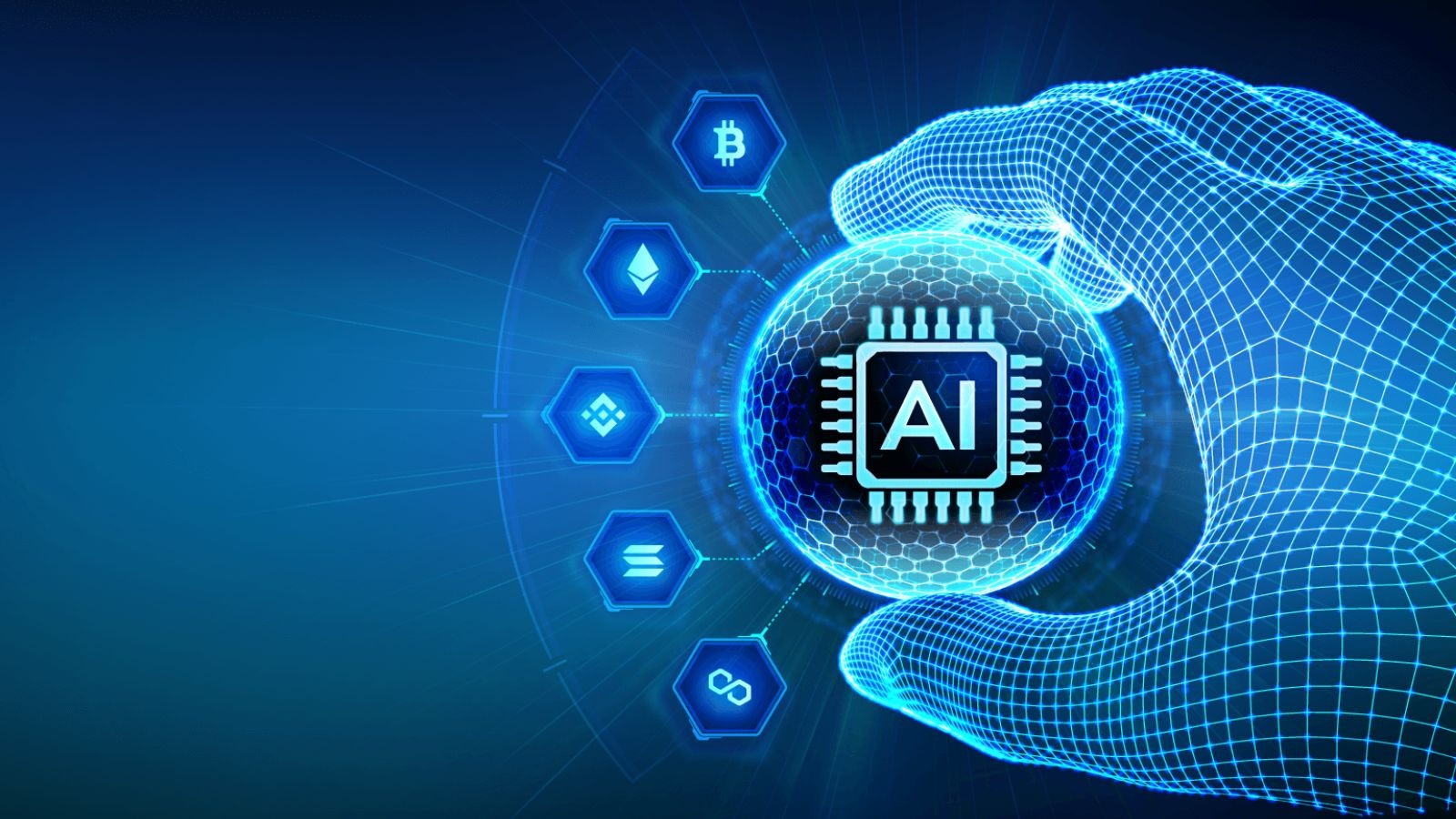The landscape of finance and payments is undergoing a shift driven by the innovative power of decentralized finance (DeFi) and artificial intelligence (AI). These groundbreaking technologies are transforming traditional banking and payment systems into a more open, global, and accessible financial ecosystem. DeFi refers to financial applications built on decentralized blockchain networks, instead of relying on centralized intermediaries like banks. Using smart contracts to automate financial services, DeFi allows for faster, cheaper, more transparent transactions and lending.
Key innovations like stablecoins, protocol lending, yield farming, and non-fungible tokens (NFTs) are expanding access to credit and investment opportunities. Over a billion is now locked in DeFi applications, as the technology challenges legacy finance. Similarly, AI is revolutionizing areas of finance with machine learning algorithms that analyze data, detect fraud, trade securities, and deliver personalized customer services. AI is being integrated across lending, asset management, algorithmic trading, financial advisory, and payments. Together, the fusion of DeFi and AI sets the stage for the future of finance – with innovations that make payments global, instant, accessible via mobile apps, and require minimal paperwork. Let’s explore how they enable 3 key payment breakthroughs:
-
Faster payments
Legacy bank payments via wires, cheques, and ACH take days to settle transactions. DeFi enables real-time programmable payments on blockchain networks like Ethereum and Solana, without third-party validations. Smart contracts execute rules-chained peer-to-peer payments and final settlement simultaneously. By removing processing delays and intermediary costs, transaction speeds and affordability improve dramatically. Additionally, machine learning helps analyze transaction patterns to prevent fraud and maintain regulatory compliance. This allows faster payment approval rates.
-
Decentralized applications
DeFi apps are accessed via websites or mobile apps linked to crypto-wallets, without centralized gatekeepers. For instance, lending protocols like Aave allow obtaining collateralized loans by depositing crypto assets into smart contracts, with interest rates set algorithmically based on supply-demand dynamics. Borrowers receive loan payouts instantly as stablecoin payments are usable across merchants accepting crypto. Machine learning models price risk to minimize defaults. It demonstrates how decentralized apps can deliver payment functionality without traditional banks. According to BIS, over 70% of central banks are assessing retail central bank digital currencies (CBDCs) for mainstream adoption. Platform economies are also prioritizing crypto-payment support. Visa aims to allow settling transactions over USD Coin (stablecoin) within its existing network.
-
Global access
DeFi and AI expand access to digital payments for unbanked communities (est. 1.7 billion adults globally) via global outreach and minimal eligibility criteria. For example, Celo provides a mobile-first wallet allowing low-cost crypto transfers usable for payments via stablecoins. AI-based credit scoring improves access to lending in emerging markets lacking credit bureaus. how do token presales work? DeFi crypto apps require only internet access to send or receive funds via smartphones. Avoiding lengthy paperwork and high transaction fees, such solutions enable broader financial inclusion. Tokenized rewards and NFTs motivate user participation in Web 3.0 merchant networks. Autonomous smart contracts will eventually coordinate complex B2B payments like payroll, insurance claims, etc. As advanced nations pilot CBDCs, developing countries are keen to replicate the models for affordable remittances and financial access.








